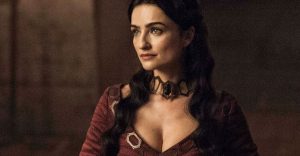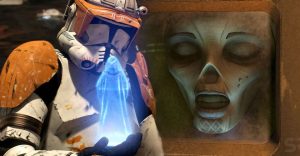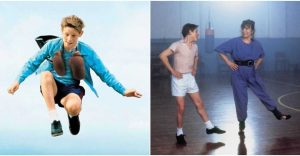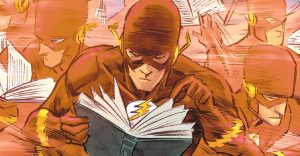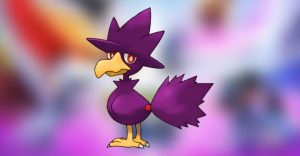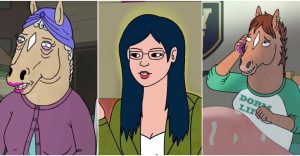Joker Doesn’t Connect To Other DC Films (But There Are Batman Movie References)
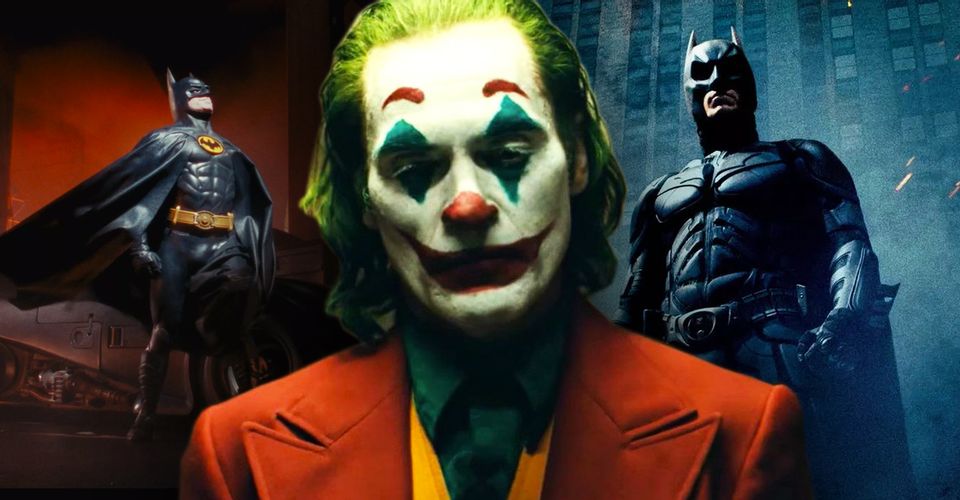
WARNING: Spoilers ahead for Joker.
Joker is, as promised, a standalone origin story for the Clown Prince of Crime in a totally new DC universe. The grisly psychological drama doesn’t connect to the past DCEU films or set up future DC movies, but the film does homage and invokes the prior Batman films in interesting ways. Directed and co-written by Todd Phillips (The Hangover), Joker stars Joaquin Phoenix as Arthur Fleck, who becomes the titular clown, Robert De Niro as talk show host Murray Franklin, and Brett Cullen as billionaire Thomas Wayne.
Set in an early-1980s version of Gotham City on the brink of urban chaos, Joker is a character study about the psychologically disturbed Arthur Fleck’s transformation into the Joker, which is simultaneously inspired by and leads to the degeneration of Gotham. While the film is self-contained and exists in its own universe, Joker intriguingly draws from pre-established tropes in Batman comics and the previous movies as it spins its original tale about who the murderous clown is and how he came to be. And although Batman doesn’t appear in Joker – because the Dark Knight simply doesn’t exist yet during the film’s time period – it does include Thomas and Martha Wayne (Carrie Louise Putrello), Alfred Pennyworth (Douglas Hodge), and a young Bruce Wayne (Dante Pereira-Olson).
Joker‘s main DC connections come in exploring the possibility that Arthur Fleck could have family ties to the Waynes, although the film ultimately debunks it while leaving the possibility open that an indiscretion may have occurred 30 years ago between Thomas and Arthur’s mother Penny (Frances Conroy). In Tim Burton’s Batman and Christopher Nolan’s The Dark Knight, Batman and Joker faced off as equals; Joker offers a disturbing new spin on the clown confronting Batman by having Arthur visit Wayne Manor and meeting young Bruce; believing they are half-brothers, Arthur tries to entertain Bruce with magic and forces a smile into his face before Alfred intervenes.

At the conclusion of Joker, Thomas and Martha Wayne are murdered in an alley outside of a movie theater during the citywide riots inspired by the Joker’s crimes. Unlike in Tim Burton’s Batman, the Joker (aka a younger Jack Napier) doesn’t shoot the Waynes dead himself but they are nevertheless killed by a street thug homaging Joker by wearing a clown mask; the Joker later imagines the orphaned Bruce Wayne standing over his parents’ bodies. So, the Joker did indirectly cause the Wayne murders, which will eventually lead to Bruce becoming Batman – this is Joker‘s twist on how Batman and Joker essentially caused each other’s existence. But while Joker’s ending does set up Batman, that will occur many years afterward and is left to the audience’s imaginations.
Meanwhile, the riots are part of a “Kill the Rich” movement of Gotham’s lower class against the wealthy, which evokes Bane’s (Tom Hardy) philosophy when he occupied Gotham in The Dark Knight Rises. Other links to Nolan’s third Batman film are the visual of Joker standing atop a police car, which is reminiscent of Batman doing the same in The Dark Knight Rises‘ poster, and Brett Cullen played Senator Gilley, who was kidnapped by Selina Kyle (Anne Hathaway) in The Dark Knight Rises. There’s also a shot of Joker enjoying the ride in the back seat of a police car that harkens back to a similar moment with Heath Ledger’s Joker in The Dark Knight. Back to the Burton films, a portrait of Murray Franklin also shows the talk show host flaunting a Jack Nicholson Joker-like grin.
Zack Snyder’s Watchmen is also touched upon; the Gotham riots are reminiscent to the one quelled by the Comedian (Jeffrey Dean Morgan) where Nite-Owl (Patrick Wilson) asked, “Whatever happened to the American Dream?” and there is a shot of a wall of multiple TV sets that is similar to the one Ozymandias (Matthew Goode) likes to study. And, surprisingly, Batman 1966 gets a couple of nods: young Bruce slides down a pole from his playhouse that evokes Adam West’s Batman sliding down the Batpole while one of Murray Franklin’s guests is the musician Chandel; Liberace played a crooked piano player named Chandell in the camp classic TV series.
- Joker (2019)Release date: Oct 04, 2019
- Birds of Prey (And the Fantabulous Emancipation of One Harley Quinn) (2020)Release date: Feb 07, 2020
- Wonder Woman 1984 (2020)Release date: Dec 25, 2020
- The Batman (2022)Release date: Mar 04, 2022
- The Suicide Squad (2021)Release date: Aug 06, 2021
- DC League of Super-Pets (2022)Release date: Jul 29, 2022
- Aquaman and the Lost Kingdom (2023)Release date: Mar 17, 2023
About The Author










